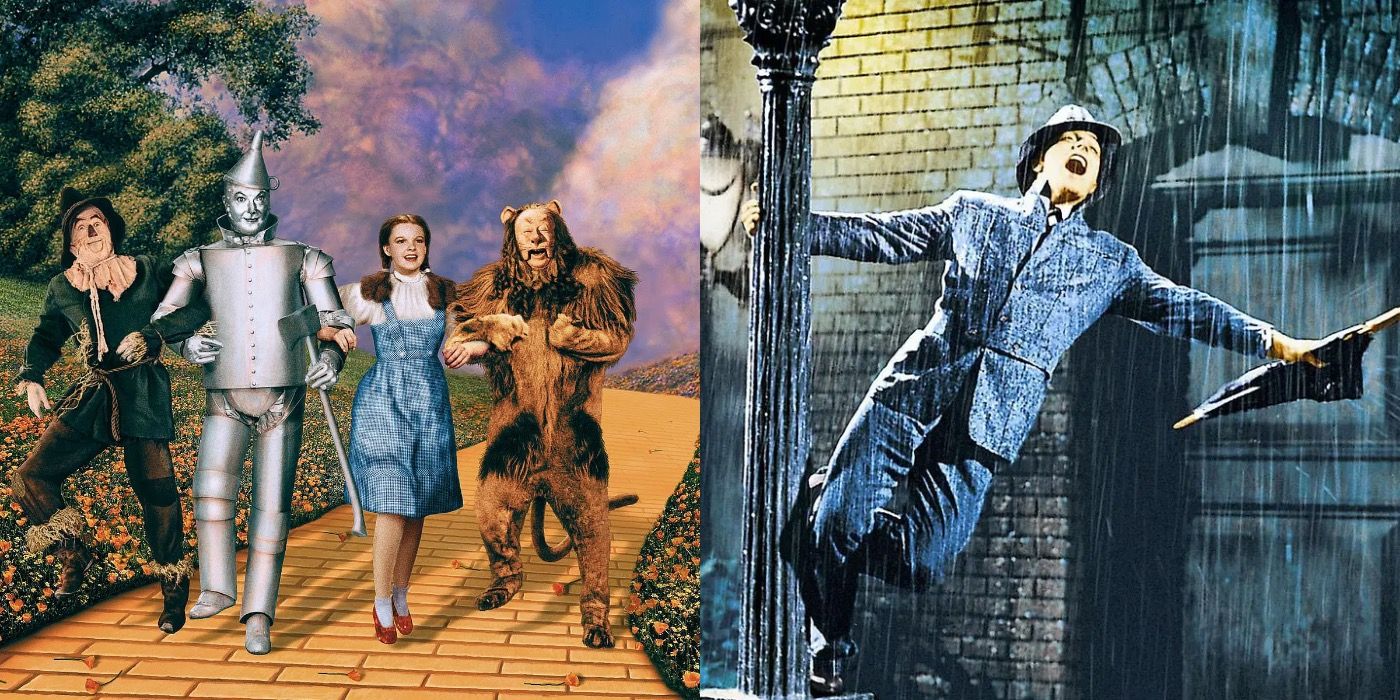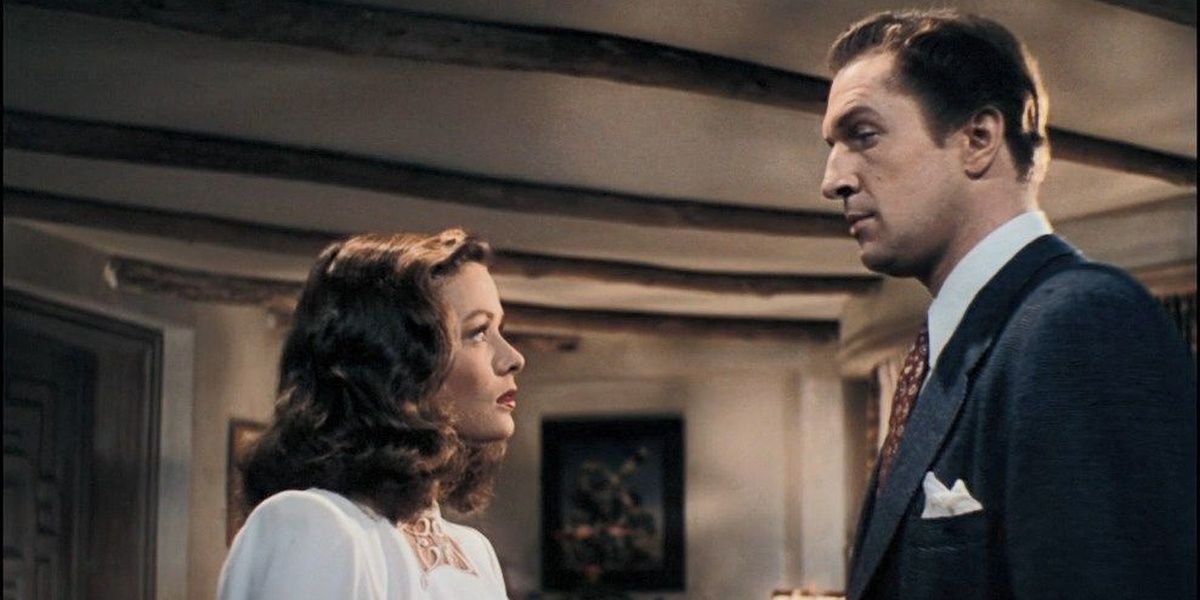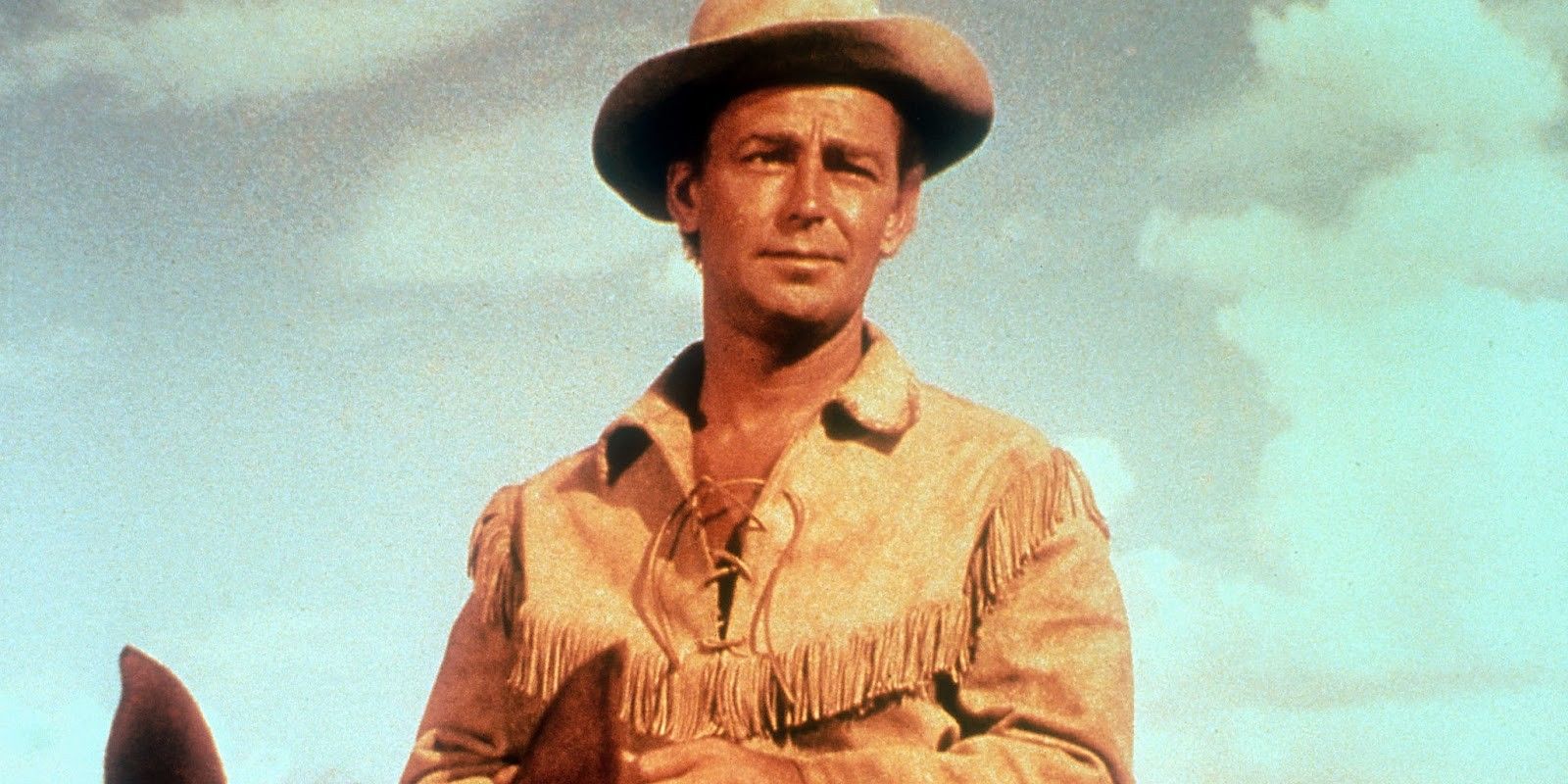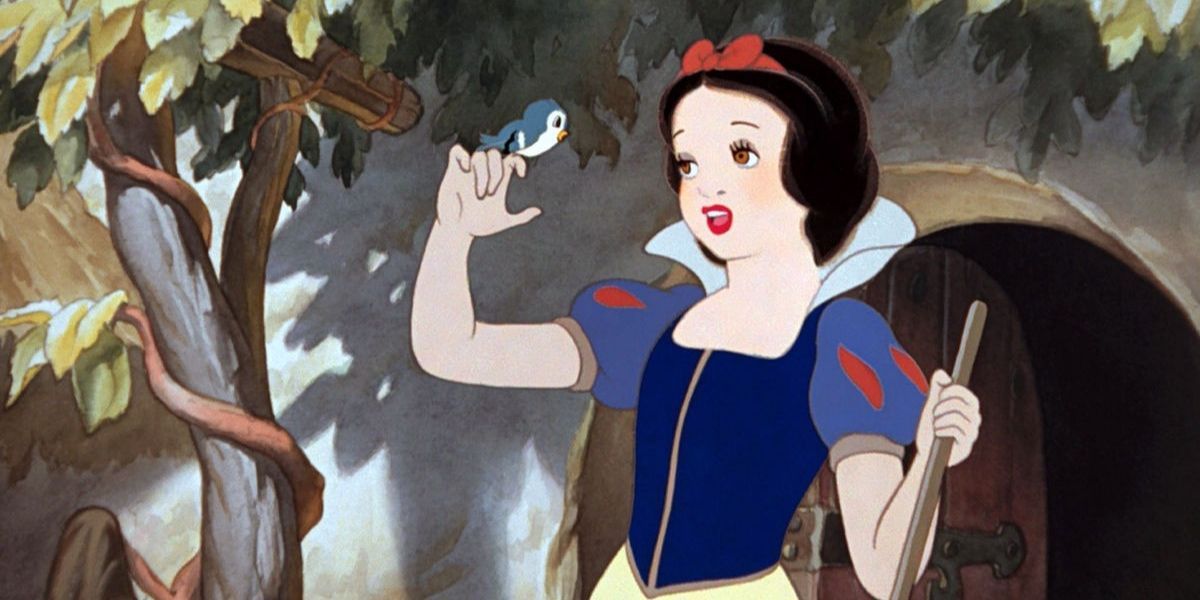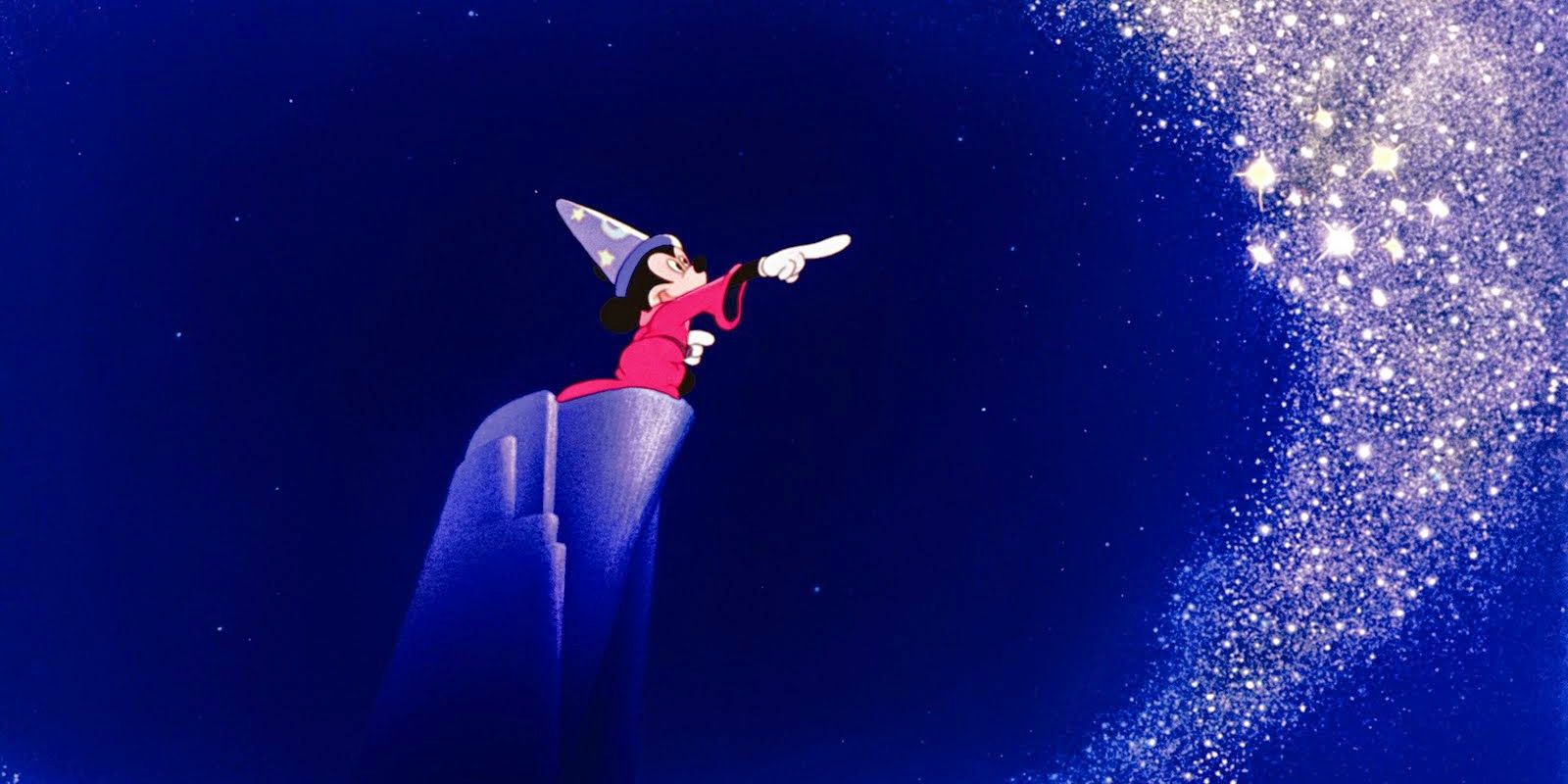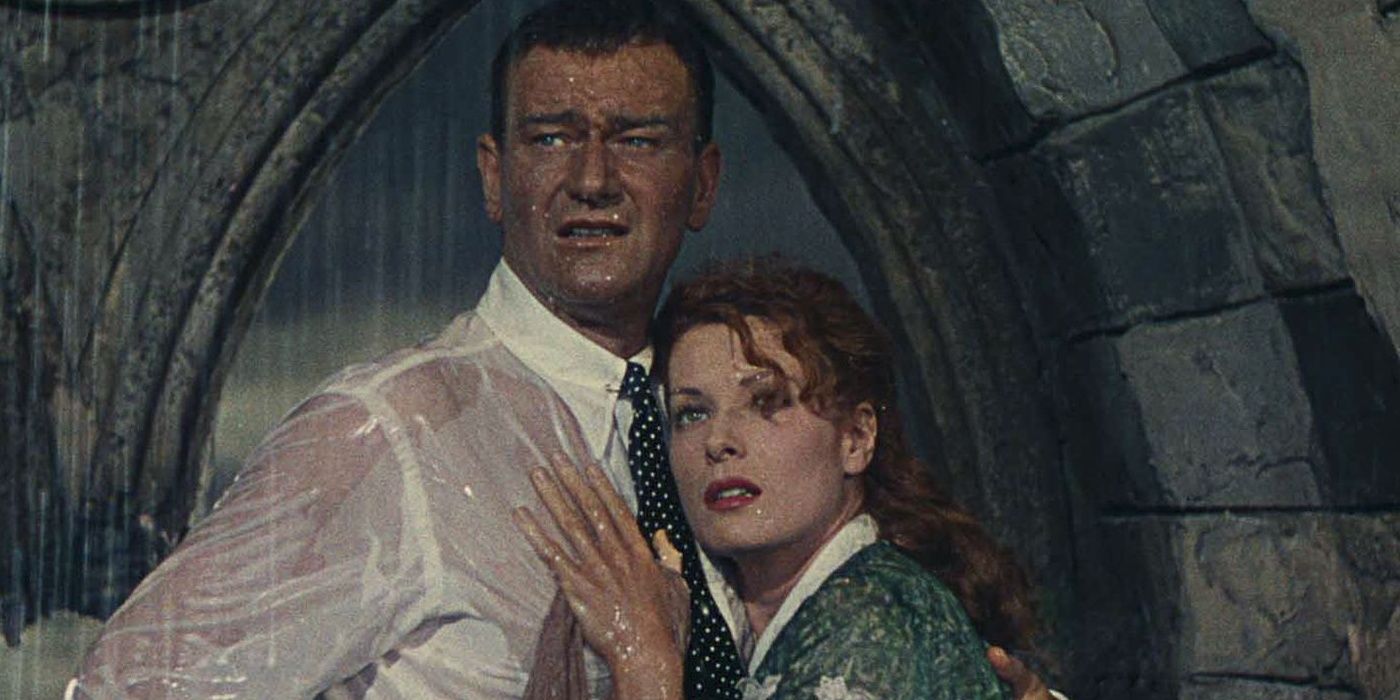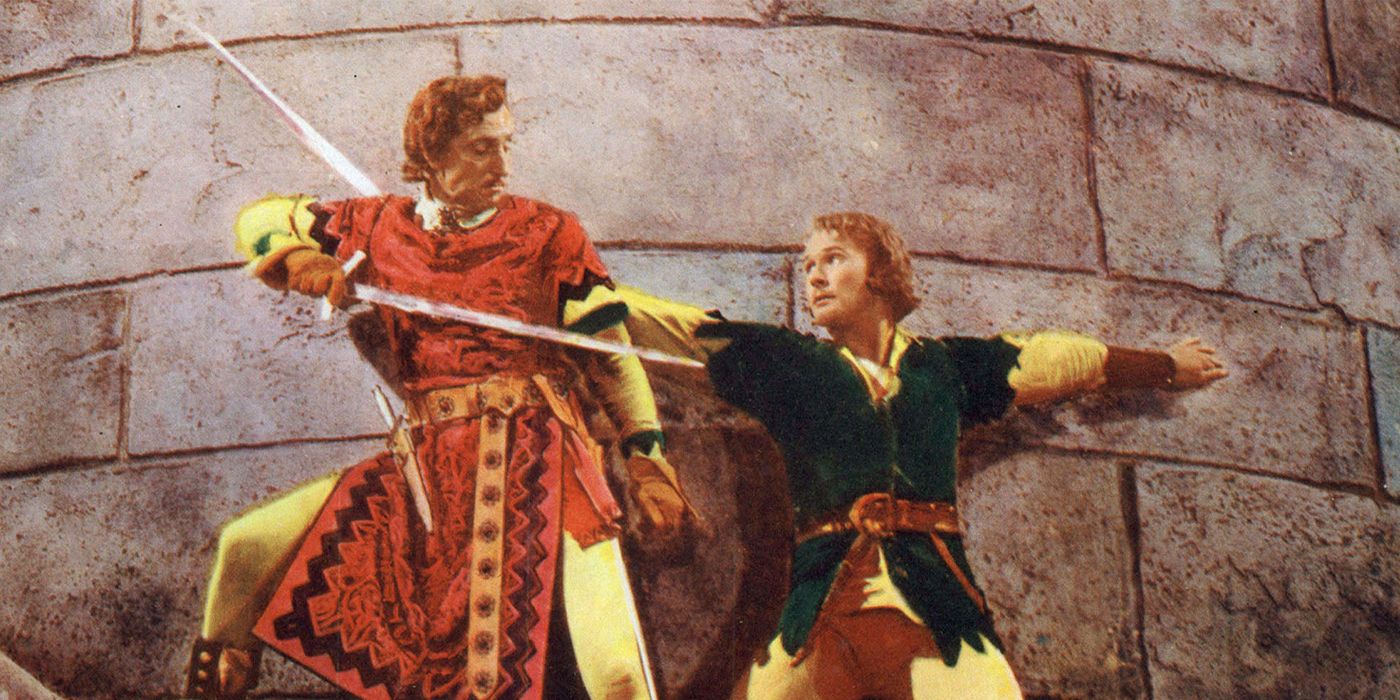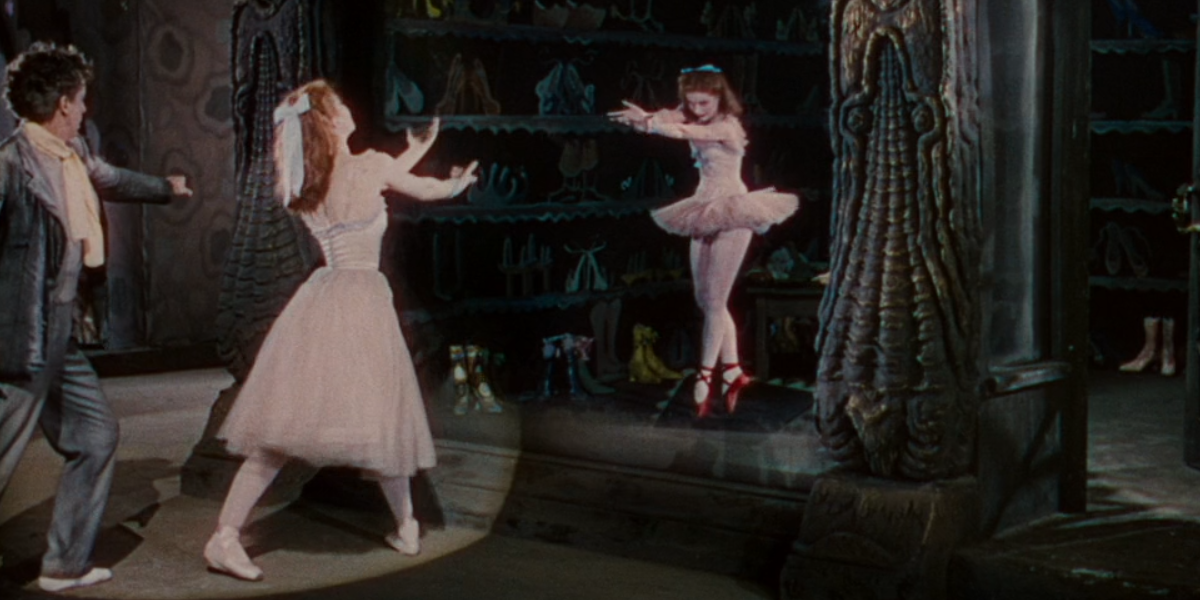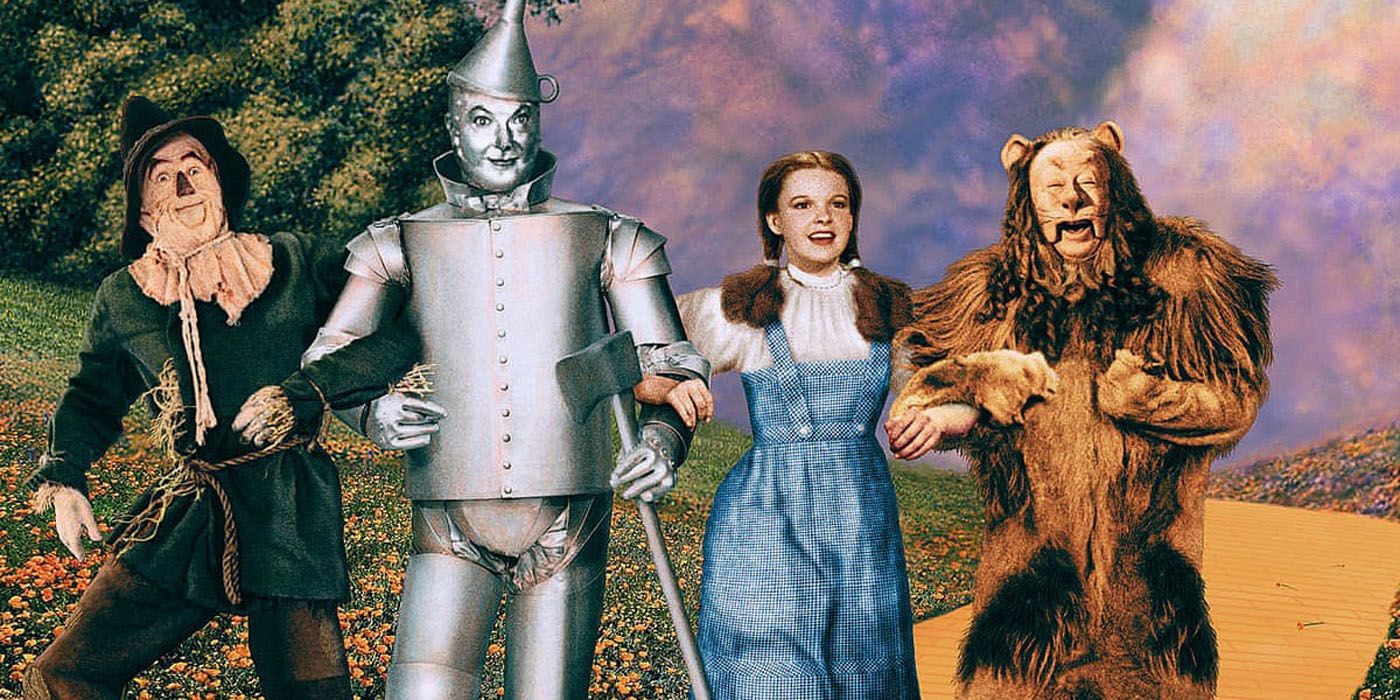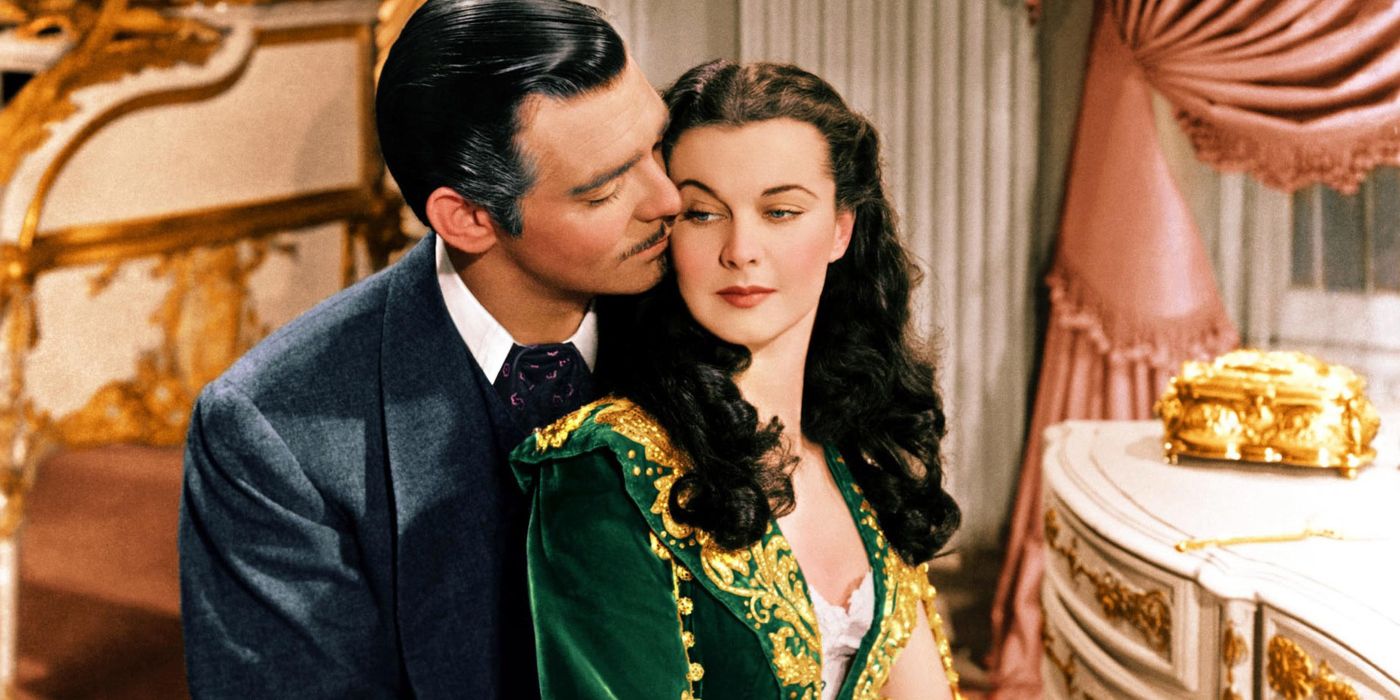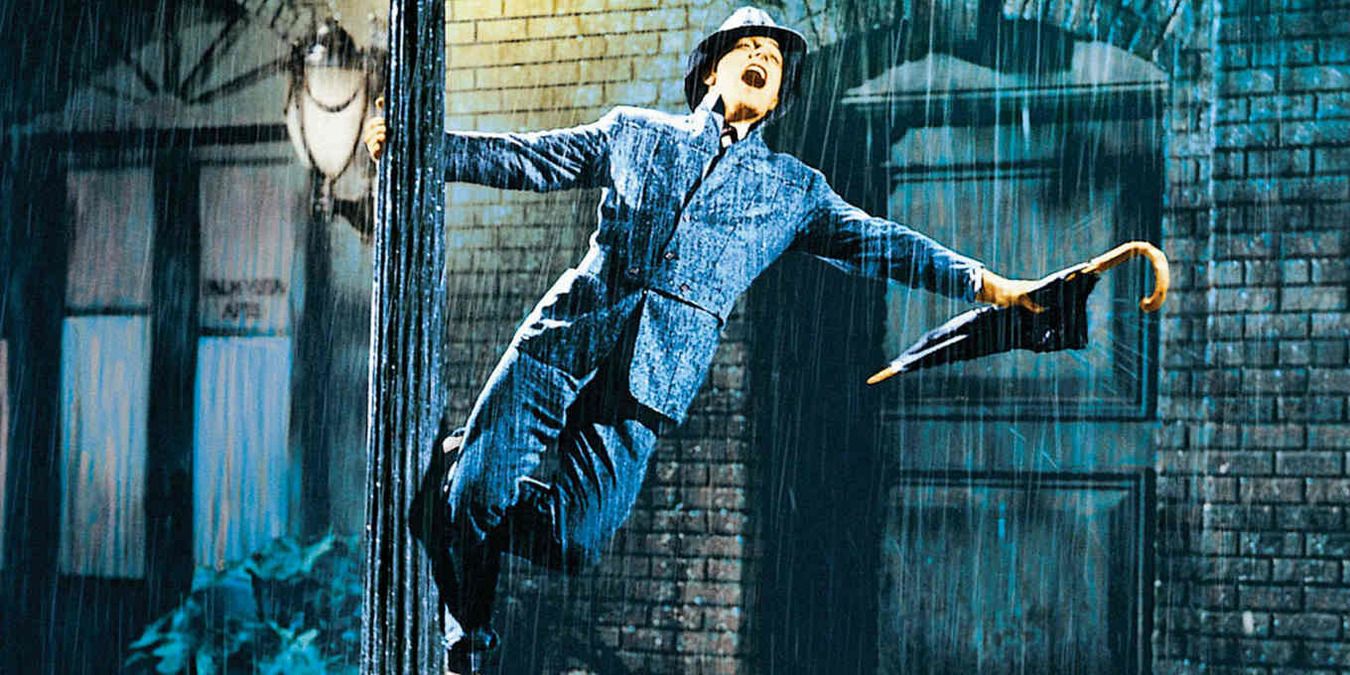When Technicolor movies began in 1916 it was the first time many had seen color onscreen - and none had experienced it in such dazzling clarity. Over the following decades, the process to capture color on film evolved, eventually bringing us to the stunning feats of visual cinematography we have today in the likes of films like Avatar and Doctor Strange.
Among the vast amount of movies made using Technicolor, IMDb has rated a majority of those from the Golden Age of Hollywood as some of the highest throughout cinematic histroy. However, there are also one or two surprises that have been rated favorably among them.
Leave Her To Heaven - 7.6
Leave Her To Heaven was one of the first, if not the first, film noir picture to be shot in Technicolor. Featuring the talents of Cornel Wilde, Gene Tierney, and Vincent Price, this story of a young socialite whose obsessive love for her writer husband threatens to be their undoing introduces the world to one of the true Femme Fatales of cinema.
RELATED: Casablanca & 9 Other Great Hollywood Movies Of The 1940s
Tiernay received an Academy Award nomination in 1946 for her performance and the movie is now regarded as the best use of the technology and color of the time period, with stunning, impactful visuals throughout.
Shane - 7.6
Released in 1953, Shane was one of the most celebrated western movies, starring Alan Ladd in one of his most iconic roles. After finally finding peace in a valley owned by a family, he must act against a ruthless baron who wants to claim the land for himself.
This would play a lot of firsts when it came to visionary landscape cinematography and technicolor. Not also would this be Jean Arthur's only movie in color, but would win cinematographer Loyal Griggs an Academy Award for their work behind the camera.
Snow White And The Seven Dwarfs - 7.6
Walt Disney Pictures' first feature-length movie, Snow White and the Seven Dwarfs was a landmark picture in cinema. It's the first-ever full-length traditionally animated movie and therefore the first-ever animated technicolor picture too.
From inker Helen Ogger and her team implementing rouge onto every cell for Snow White to animator Shamus Culhane's "High-Ho" sequence, color played one of many crucial roles in this Technicolor feature that fans of Snow White may be shocked to know.
Fantasia - 7.7
Fantastia introduced the world to a blend of music, technicolor and animation that hadn't been experienced on screen before. One of these segments was The Sorcerer's Apprentice, a cartoon that made Mickey Mouse an icon, and is still referenced in media today.
The movie also achieved huge milestones for its use of technology. Not also did the crew invent Fantasound which was able to use stereo systems for the first time for a Disney movie, but many of the animators were able to create something new with each segment that had their own unique color palettes and animation styles.
The Quiet Man - 7.7
Released in 1952, The Quiet Man told the story of retired boxer Sean Thornton who returns to the Irish village he was born in to purchase the old family farm. However, he soon sets his sights on red-headed Mary and unintentionally causes a feud with her jealous brother.
With the movie directed by John Ford, he once again worked with John Wayne who played Sean Thornton. But it was the contribution between John Ford and cinematographer Winton Hoch that made it one of the best uses of color and location in cinema.
The Adventures Of Robin Hood - 7.9
A swash-buckling retelling of the classic folk hero of British lore, The Adventures of Robin Hood starred Errol Flynn as the dashing hero. Sporting bright, colorful costumes in large-scale battles, the movie's color palette is still considered one of the best uses of Technicolor during the 1930s.
Its historical impact even saw it recognized as part of the National Film Registry and has been seen on IMDb as the best Robin Hood movie.
The Red Shoes - 8.1
Based on the fairy tale of Hans Christian Anderson, The Red Shoes was a 1948 theatrical retelling that starred famed dancers and ballerinas. This new take on the story told the emotional conflict a young woman had between choosing a professional career as a ballerina or life with the man she loved.
When it comes to British cinema, none have made quite the same impact as the creative duo that was Michael Powell and Emeric Pressburger. Having made 24 movies together, they were also responsible for impactful and iconic pieces of work like Black Narcissus and A Matter of Life and Death.
The Wizard Of Oz - 8.1
The Wizard of Oz was a huge classic of the technicolor era. The film saw Dorothy in the magical world of Oz and along her journey to return home, she befriends Scarecrow, Tin Man, and Lion, all of who want to find the Wizard of Oz to grant their wishes.
While the movie opens and closes with black and white colors, it's not long until the color is introduced after Dorothy awakens, creating one of many memorable scenes in the movie. And with such a vast amount of color on screen, Oz was truly like anything anyone had seen at the time.
Gone With The Wind - 8.2
Set during the American Civil War, the story of Gone with the Wind told the romance between Scarlett O'Hara, the daughter of a plantation owner, and socialite Rett Butler. With war breaking out, the movie shows how it impacts her romance as well as how it drives her to protect her family which has made it one of Olivia De Havilland's best movies.
While the movie was celebrated at the time for its large sets and gorgeous dresses that made the most out of the color technology at the time, the movie has become controversial in recent years due to its negative racial representation.
Singin' In The Rain - 8.3
Set during the end of the silent era, Singin' in the Rain told the story of two actors who slowly fall in love with one another as they work on their first talking picture. Starring Gene Kelly and Debbie Reynolds, this musical became one of the most celebrated and beloved in the following years after its release.
And while the music and actors are remembered fondly today, its regarded by IMDb as the highest-ranking classic Technicolor movie today. An upbeat American picture, the color shines just as brightly in this picture as any other.

